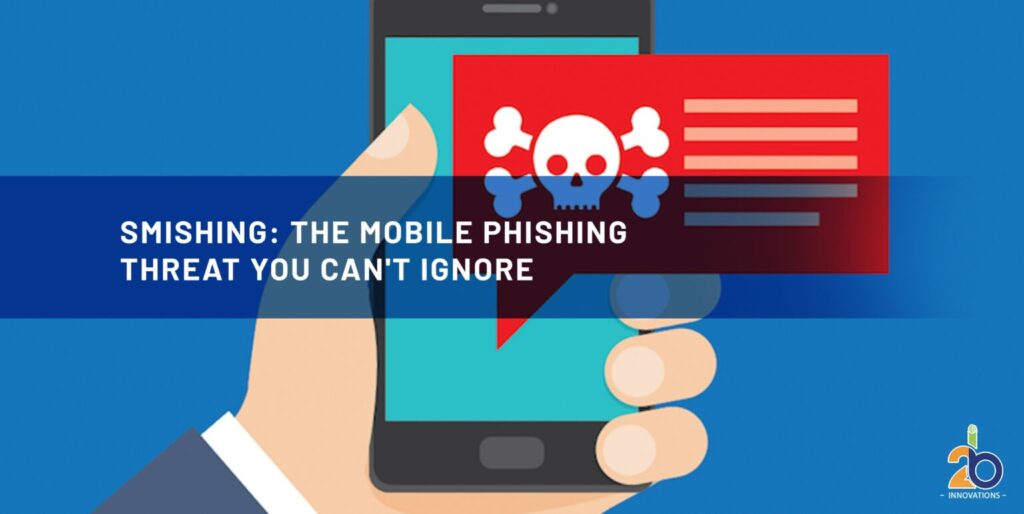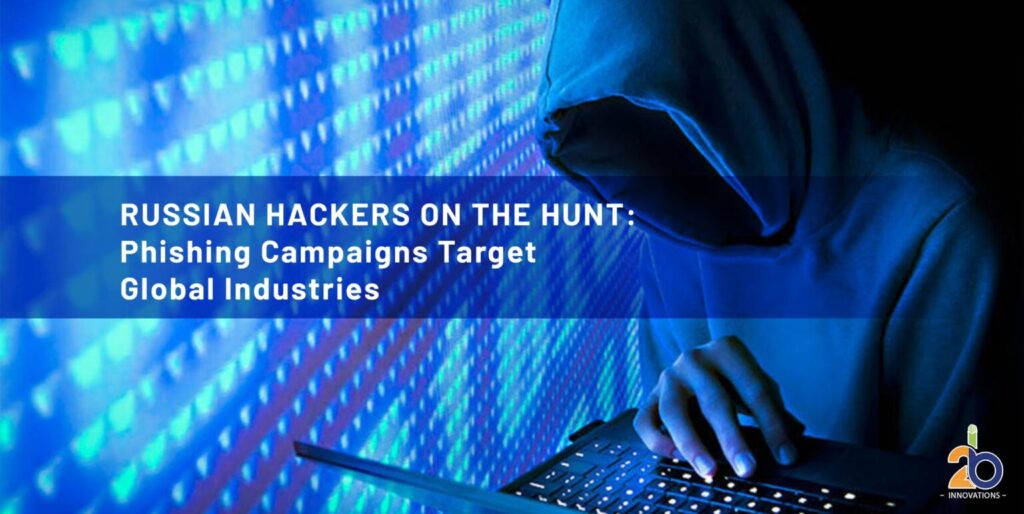
Have you ever wondered if the greatest threat to your organisation’s security isn’t on the outside, but lurking within your own walls?
Imagine this: You’ve fortified your digital castle with firewalls, encryption, and the latest antivirus, only to discover that the real danger was walking through the front door every day. The shocking truth? Insider threats are now cybersecurity’s newest and most complex frontier—an invisible enemy, underestimated and often overlooked.
While organisations pour resources into defending against external cyberattacks, more than 50% of all data breachesare now caused by insiders. The rise of remote work, cloud computing, and Artificial Intelligence (AI) has transformed the nature of these threats. The question isn’t just who’s trying to hack your system from the outside, but who already has access to critical information from within?
As you explore the layers of this issue, you’ll uncover surprising truths, alarming statistics, and, most importantly, solutions to defend your company from the very people who are supposed to protect it. Keep reading, because the answers aren’t as straightforward as you might think…
The Rising Tide of Insider Threats
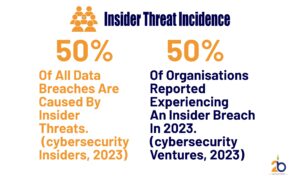
As digital infrastructures evolve, insider threats are becoming more sophisticated, and often harder to detect. Whether driven by negligence, complacency, or malice, these threats present a serious danger to businesses of all sizes.
The scary part? They often go unnoticed until it’s too late. According to a 2023 report by Cybersecurity Insiders, the average company spends 77 days detecting an insider breach. By the time they catch on, the damage is already done.
The threat is real, but it’s not just about prevention anymore. It’s about identifying the signs early and reacting fast.
The Triple Threat: Negligent, Complacent, and Malicious Insiders
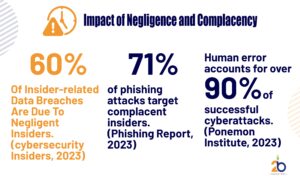
Insider threats don’t come in one form. They’re varied, often taking companies by surprise because they aren’t as obvious as external cyberattacks. Let’s break them down into three key categories:
1. Negligent Insiders
These employees don’t mean harm, but their careless behaviour can cost a company dearly. Negligent insiders account for over 60% of insider-related data breaches. Whether it’s clicking on a phishing link, leaving sensitive data unsecured, or accidentally sharing confidential information, these actions may seem innocent—but their impact is anything but.
According to a recent Ponemon Institute report, human error is responsible for more than 90% of successful cyberattacks, with insider negligence playing a leading role.
2. Complacent Insiders
Some employees aren’t careless—they’re complacent. They’ve grown comfortable, even lazy, when it comes to cybersecurity. They skip essential updates, fail to change passwords, or ignore basic protocols. This attitude can open the door to disaster.
In fact, 71% of phishing attacks are aimed at complacent insiders, knowing they are more likely to fall for simple traps that could compromise the entire network. With complacency, it’s not about if a breach will happen—it’s about when.
3. Malicious Insiders
These are the true villains of the story. Malicious insiders use their access and knowledge of the company’s vulnerabilities for personal gain or, in some cases, revenge. In 2023, 23% of insider-related breaches were traced back to malicious insiders. Their attacks are calculated, often bypassing the typical security measures because they know exactly where the system’s weaknesses lie.
The rise of User and Entity Behavior Analytics (UEBA) has helped reduce these incidents by 32%, allowing organisations to monitor insider behaviour and detect anomalies before they turn into full-blown breaches.
Why Traditional Cybersecurity Programs Fail to Combat Insider Threats
You might think that your current cybersecurity program is enough to handle these threats—but chances are, it’s not. Why? Because traditional cybersecurity programs are primarily designed to fend off external attacks. They assume the biggest threat comes from hackers on the outside.
However, insider threats flip that logic on its head. The attacker is already inside your network, meaning they don’t have to break in—they’re already in the vault.
This is where most programs fail. They overlook the human element—the negligent employee, the complacent insider, or the malicious actor who knows exactly what to do. Classroom-style training doesn’t simulate the real-world scenarios that insiders can create.
To address this, companies need hands-on, practical training. Real-time simulations of potential cyber threats give employees a clear picture of what can go wrong and how to react. These simulations show negligent employees how a single mistake can lead to disastrous consequences and help security teams identify malicious insiders through behavioural patterns.
Modern cybersecurity programs must adopt a multi-layered approach that includes not only preventative technology like firewalls and encryption but also behavioural monitoring tools like UEBA and continuous training for all employees.
Key fact: Organisations using mock cyberattack simulations saw a 41% decrease in human errors during insider-related breaches, proving the effectiveness of these immersive programs.
The Cost of Ignoring Insider Threats
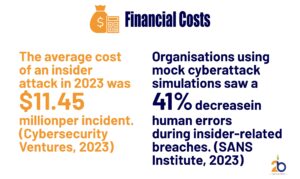
Ignoring insider threats doesn’t just put data at risk—it puts the entire business in jeopardy. According to Cybersecurity Ventures, the average cost of an insider attack in 2023 was $11.45 million per incident. This includes not just the immediate financial loss but also the long-term damage to reputation, lost customers, and legal ramifications.
In an era where 92% of companies report experiencing an insider breach, businesses can no longer afford to leave this threat unchecked. Insider threats aren’t going away—they’re evolving. The sooner organisations shift their focus from external attackers to those inside their walls, the better they can protect their most valuable assets.
A New Approach to Insider Threat Protection
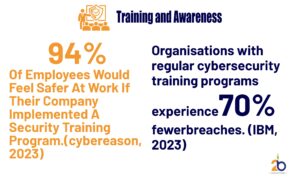
The first step in defending your business from insider threats is recognising the varied nature of these risks. From the well-meaning but negligent employee to the disgruntled, malicious actor—insider threats require a strategy that is proactive, not reactive.
To safeguard your organisation:
- Implement User and Entity Behavior Analytics (UEBA) to track unusual activities.
- Run regular insider threat simulations to train employees on how to spot and handle risks.
- Create a culture of security awareness where complacency is addressed and everyone understands their role in protecting company data.
Conclusion: Embracing a Culture of Security and Resilience
The battle against insider threats is not just a technical challenge; it’s a cultural one. At 2b Innovations, we believe that fostering a culture of security is essential to mitigating these risks effectively. This means not only implementing the right tools and technologies but also empowering employees to take ownership of their role in cybersecurity.
Imagine a workplace where every employee feels like a guardian of sensitive information, where regular training and simulations become part of the fabric of the organisation’s culture. By actively engaging your workforce and encouraging vigilance, you can turn potential threats into opportunities for growth and resilience.
With the right approach, businesses can not only defend against insider threats but also build a strong foundation for future success. When every member of the team is committed to a shared mission of cybersecurity, you can face the ever-evolving landscape of digital threats with confidence.
The road ahead may be challenging, but it is not insurmountable. Embrace the change, invest in your people, and together, let’s forge a safer future for your organisation. At 2b Innovations, we are here to support you every step of the way, providing the tools, insights, and training necessary to transform potential risks into resilient defences.

